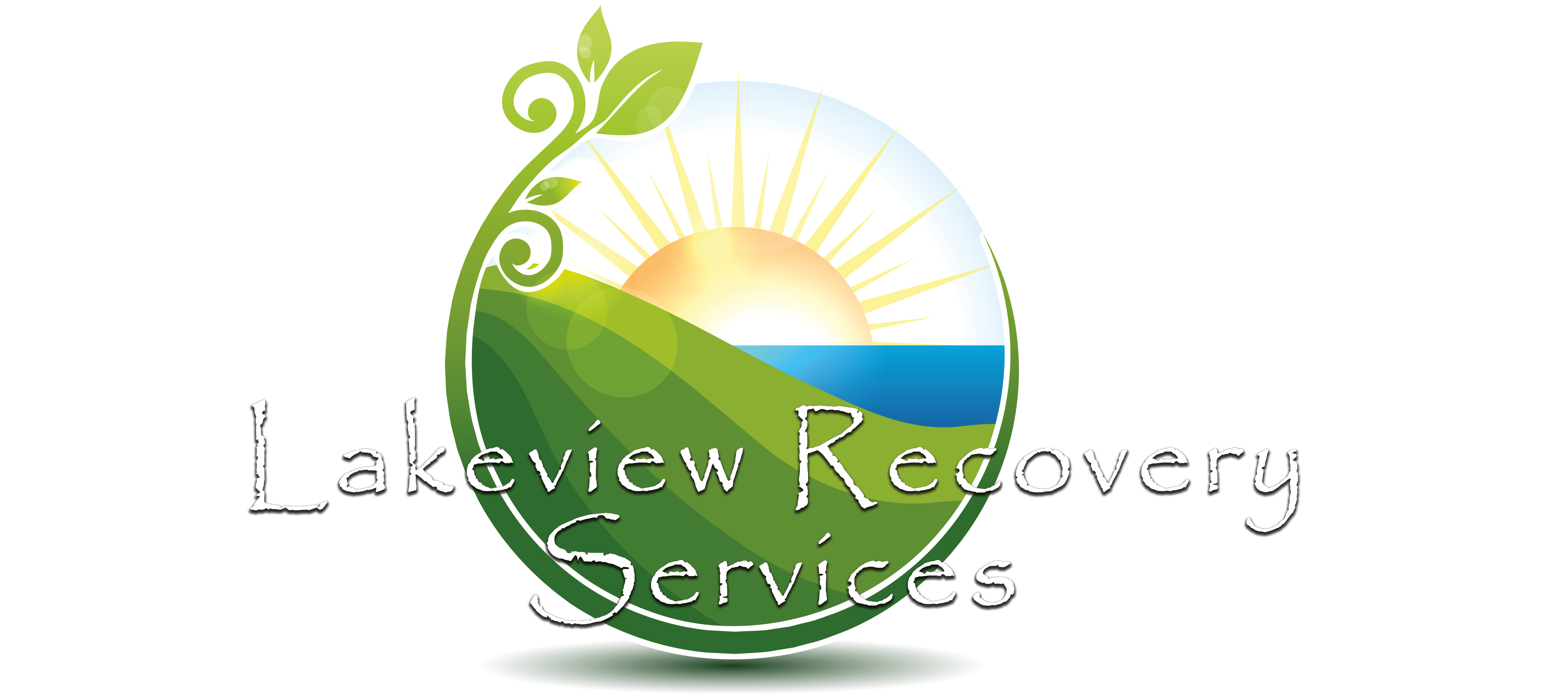12-Step Facilitation Therapy

What is the 12-Step Model of addiction? The 12-Step model is one of the most common and well known therapies throughout the United States. It is also known as “traditional treatment”. This model is based on 12 actual steps that an individual partakes in during and after treatment. The American Psychological Association summarizes this process as the following;
- admitting that one cannot control one’s alcoholism, addiction or compulsion;
- recognizing a higher power that can restore sanity;
- examining past errors with the help of a sponsor (experienced member);
- making amends for these errors;
- learning to live a new life with a new code of behavior;
- helping others who suffer from the same alcoholism, addictions or compulsions.
Twelve-step groups, like Alcoholics Anonymous, Narcotics Anonymous, Cocaine Anonymous, Al-Anon etc. are a form of mutual-help or mutual aid based on the premise that individuals who share a common behavior which they identify as undesirable can collectively support each other and eliminate that behavior.
You will find that most residential and outpatient drug rehab facilities utilize the 12-Steps as their approved method of treatment. It is also most commonly used by the courts as their “go to” method when sentencing addicts to treatment instead of jail. A program set up by the court called “Drug Court” also follow this 12-Step method of Drug and Alcohol Treatment, requiring that set number of meetings be attended.
During this course of Treatment individuals are required to attend meetings and encouraged to find a local sponsor and continue their treatment by going to daily or weekly meetings. This treatment modality is the most known to insurance carriers, doctors and psychiatrists as a component of the “disease model” of addiction, which seeks to stress that addiction is a physical disease that must be constantly monitored.




